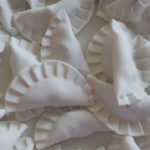Tapioca starch is a versatile ingredient used in a variety of delicious and enticing baked goods. But how do you prevent it from turning watery? Let’s explore the reasons why tapioca starch becomes watery when kneaded and learn some tricks to fix it!
1 Why Does Tapioca Starch Turn Watery When Kneaded?
It’s quite common to encounter this issue when baking with tapioca starch. The primary reason for this is the addition of too much water.
Another factor contributing to this problem is the use of cold water or water that isn’t boiling hot. When you knead tapioca starch with water that hasn’t reached a rolling boil, it can result in undercooked starch, leading to a watery and mushy consistency.
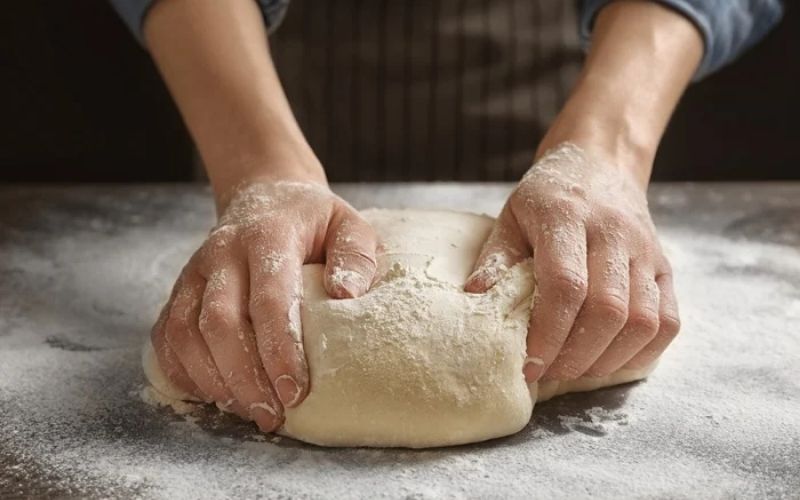 Why Does Tapioca Starch Turn Watery When Kneaded?
Why Does Tapioca Starch Turn Watery When Kneaded?
2 How to Fix Watery Tapioca Starch
Don’t panic if you’ve added too much water; try these three simple tricks to restore your dough and save your baked goods!
Let the Dough Rest if it’s Mushy
 Check the Moisture Content of the Dough
Check the Moisture Content of the Dough
Give the dough some time to rest, about 30-45 minutes. This means that if your dough is too mushy, stop kneading and let it be. After this resting period, you’ll notice that the dough starts to dry out a bit.
However, this method is most effective when the dough is only slightly watery. If your dough is extremely watery, you might want to consider the next two methods.
Add More Starch to Absorb the Moisture
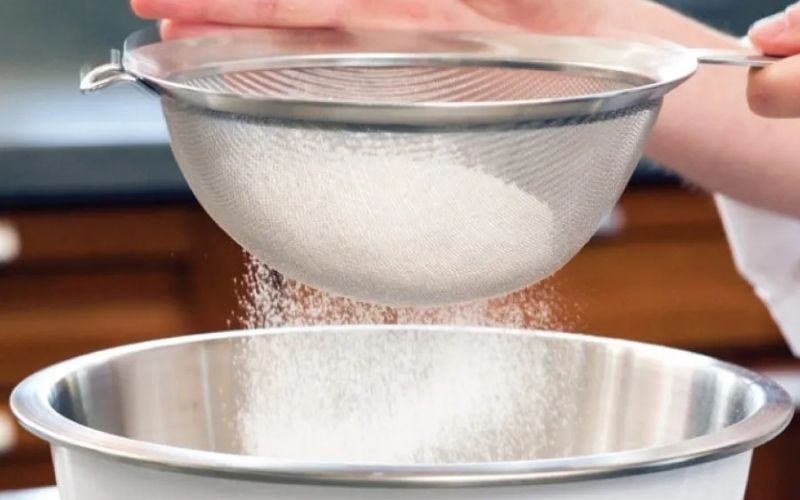 Add More Starch
Add More Starch
As mentioned earlier, the root of the problem is usually too much water. To balance the moisture content, simply add more tapioca starch to the mixture. This will help absorb the excess water, resulting in a drier and softer dough.
Gradually add small amounts of starch and check the consistency until the dough is no longer watery and has a soft, pliable texture.
Use a Clean Cloth to Absorb the Moisture
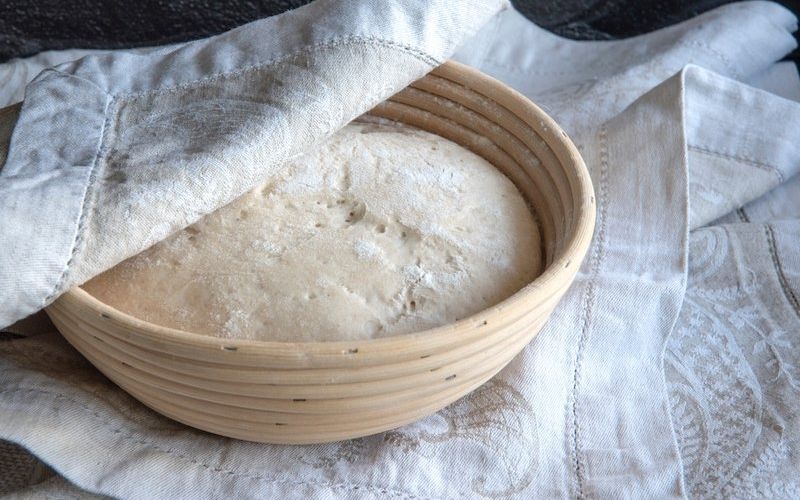 Tips for Kneading Tapioca Starch
Tips for Kneading Tapioca Starch
This method might seem unconventional, but it works wonders. Take a clean, dry cloth and wrap it around the mushy portion of the dough. Let it sit in a dry place until the dough reaches the desired dryness and softness, forming a cohesive mass.
3 How to Knead Tapioca Starch to Achieve a Soft and Lump-Free Consistency
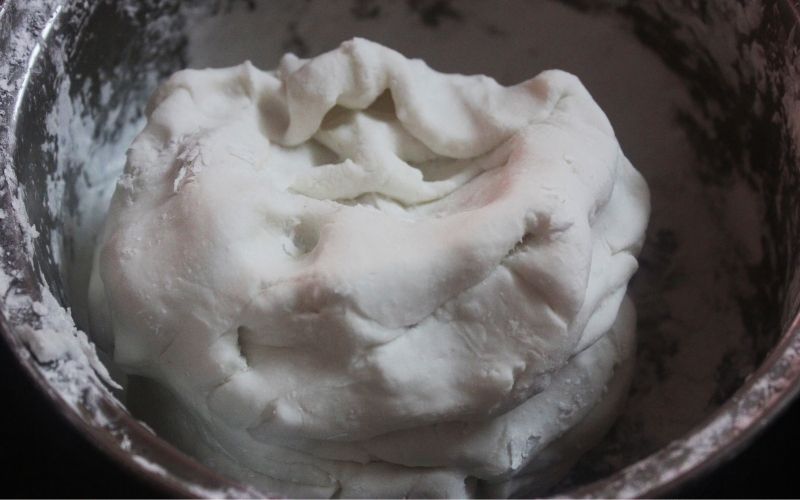 Lumpy Starch
Lumpy Starch
To prevent lumps in your tapioca starch, it’s essential to sift the starch thoroughly. Place a sieve over a pot or bowl, and gradually add spoonfuls of tapioca starch to the sieve. Gently shake the sieve to allow the starch to fall through, ensuring a fine and lump-free texture.
For soft and pliable tapioca starch, add boiling hot water gradually while mixing continuously. Use your fingers to knead, press, and combine the starch and water. Check the moisture level by kneading; if it’s still dry, slowly add more water until you achieve a soft, moist dough that doesn’t stick to your hands. The right amount of water is crucial to avoiding a runny or dry consistency.
4 Tips for Kneading Tapioca Starch
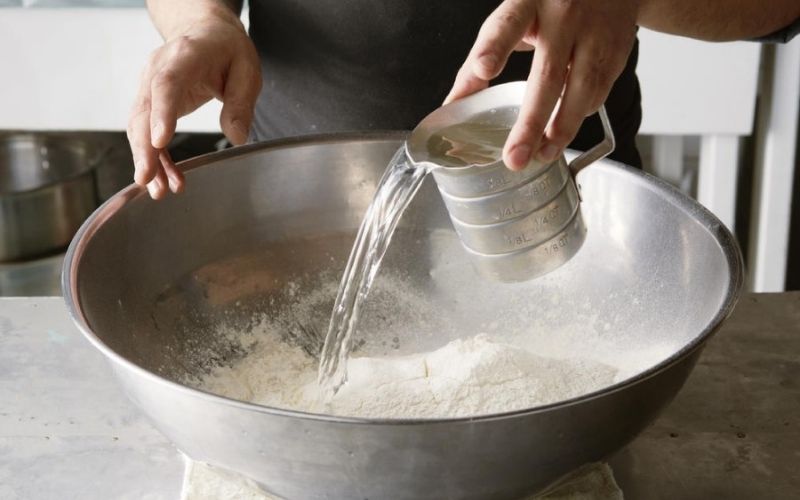 Tips for Kneading Tapioca Starch
Tips for Kneading Tapioca Starch
- Use just the right amount of starch, neither too much nor too little.
- Remember to wash and dry your hands thoroughly before kneading. Remove any jewelry that might get in the way.
- Always use boiling water. Never use water that has cooled down or is only lukewarm.
- Divide the starch into smaller portions to speed up the process of forming a cohesive mass. Working with a large lump of starch can be challenging and increase the chances of failure.
- Coat your hands with a small amount of cooking oil to prevent the dough from sticking to your hands.
We hope you found these tips helpful! Now you know how to rescue watery tapioca starch and how to knead it to perfection for your delicious baked creations!


























